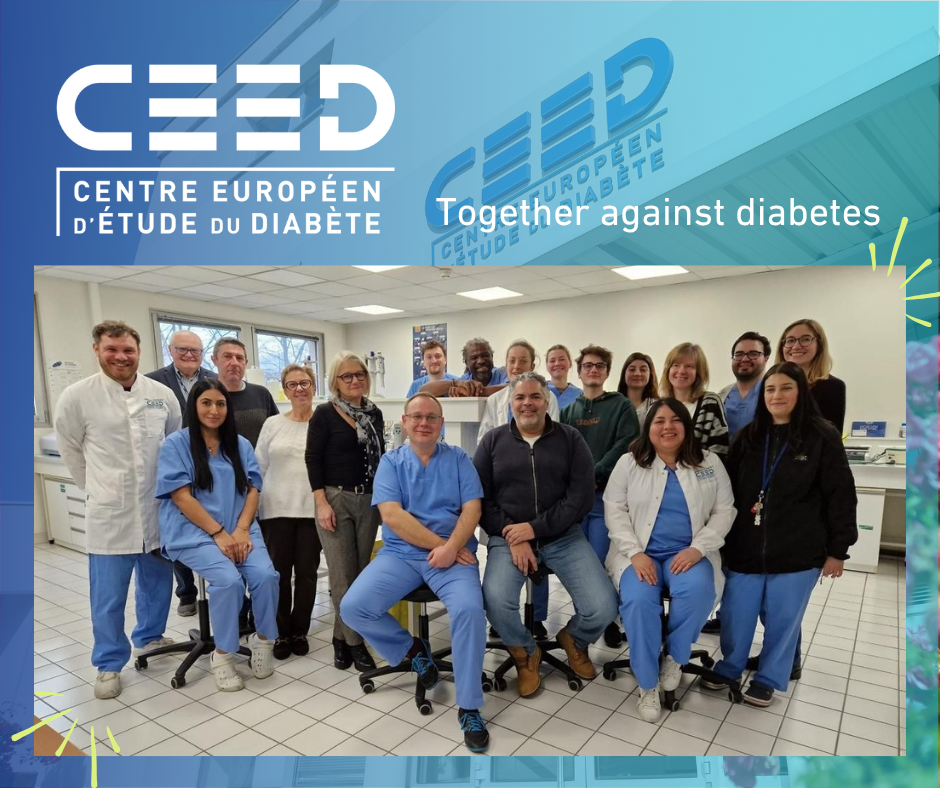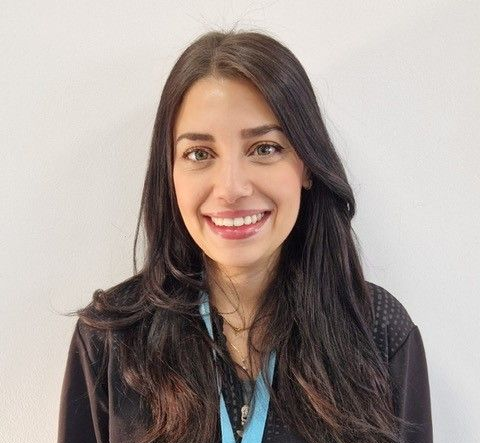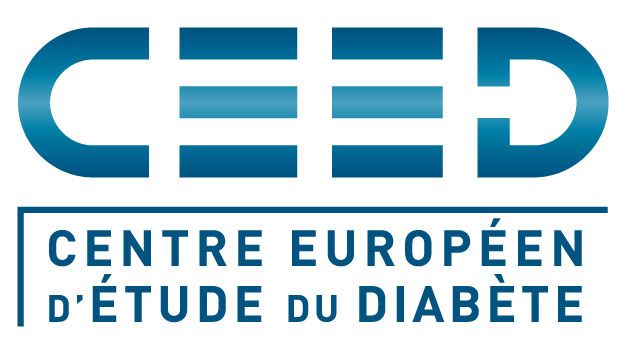Eurodia Meeting 2017 - Review on the 2nd edition of our scientific and medical congress
November 9-10, 2017
New in 2017: Call for abstracts
This year, CeeD launched a call for abstracts to favour the promotion of original research work (unpublished) and the presentation of new talents. The twentyish selected abstracts have benefited of a poster communication during the Eurodia Meeting and two prices were attributed to the best of them:
- Caroline Aroux for her work on “Analysis of the adhesion-mediated control of insulin secretion in response to glucose and autocrine insulin/IGF2-signaling in pancreatic β-cells”
- Florian Dingreville for his work on “Glucotoxicity disrupt mitochondrial network and insulin secretion in pancreatic bêta cell”Nouveau paragraphe
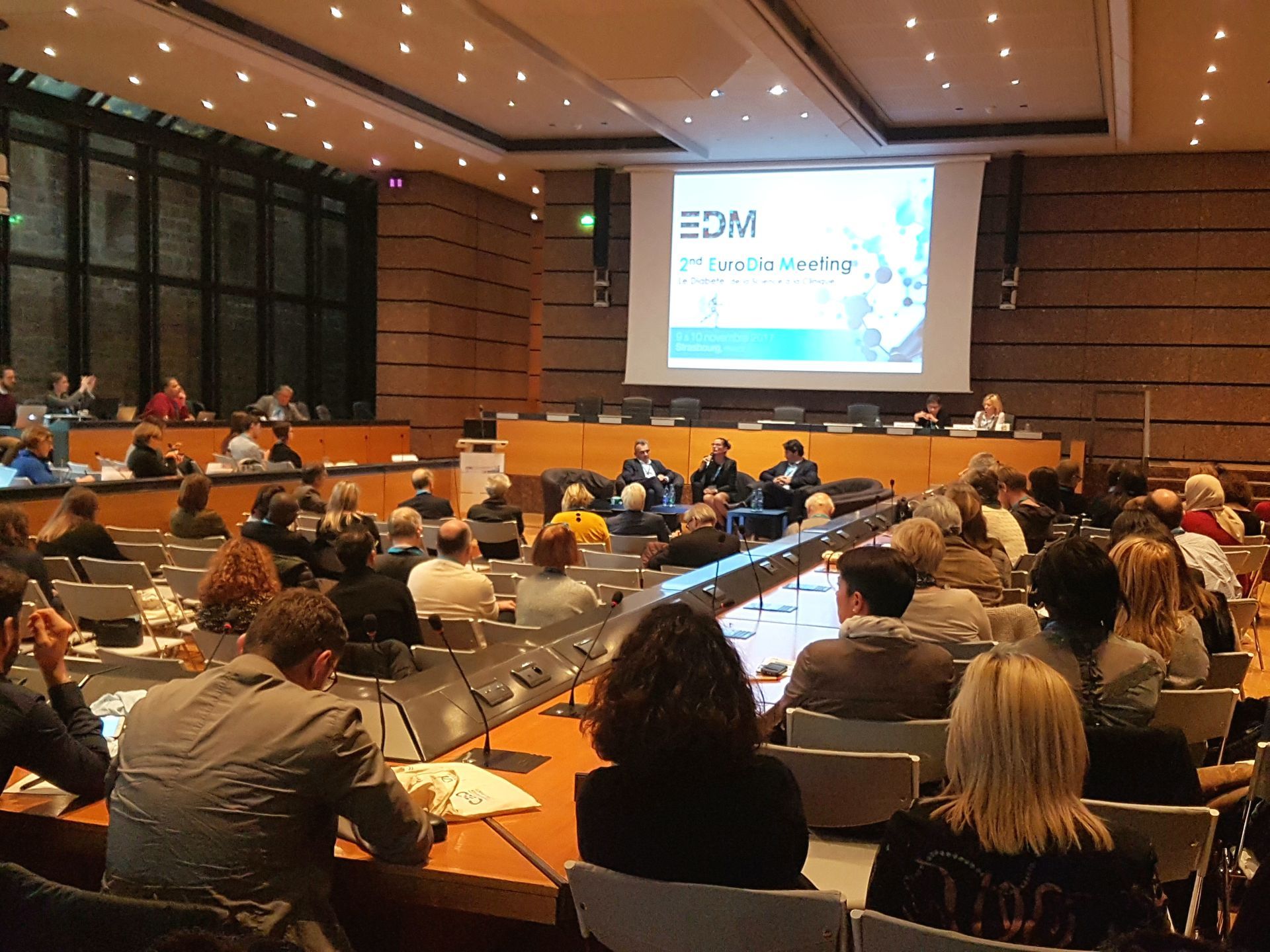
Synthesis on the second congress
Secretary: Julien CHERFAN
Created on the initiative of CeeD in a translational dynamic, Eurodia meeting congress offers to the scientific community and to the medical profession a perfect opportunity to share the latest advances in diabetology. While we note that the diabetes pandemics far exceeds the initial projections, it becomes more than necessary that researchers and clinicians work and meet the challenges induced by the diabetes together.
Type-1 diabetes, in a constant increase, is a challenge to solve both by the treatment and by the management of the patient, for those patients who are going to live with this chronic disease all their life.
Professor Bougnères, paediatrician at Saint Vincent de Paul hospital and type-1 diabetes specialist in the children, wants with his team to determine what are the mechanisms inducing
the development of type-1 diabetes, a question still unanswered. For that, they have studied “real” twins and they highlighted that genetics cannot explain everything. Indeed, by having exactly the same genetic code, one of the twins can develop diabetes but not the other one. Thus, an important environmental component has to be taken into account in the development of the disease, notably at the microbial level. By analysing patients’ data, Pr Bougnères was able to identify some markers: influenza-like illness might increase the probability to develop diabetes, while varicella and childhood diarrhea would have a protective role.
Researcher at CeeD, based in Strasbourg and at the initiative of this congress, Dr Karim Bouzakri presented the status of his research on
the effect of sport in the prevention and the cure of type-2 diabetes. He discovered that muscle activity induces the secretion of myokines, molecules transported by the blood and enabled to “talk” to other organs, notably to the pancreas. One of the myokine has particularly been isolated as it is presenting a very interesting profile due to its capacity to protect the pancreas, while increasing insulin secretion. Dr Bouzakri studies at the cellular level the beneficial action of sport activity. This benefit seems to be double: on one part the muscle consumes the blood glucose and on the other part, it protects from diabetes development thanks to its myokines secretion.
Dr Said Bekka, specialist of the diabetes pathology and editor of the journal “Diabète et Obésité” (Diabetes and Obesity), decided to show the example to his patients by participating with them in extreme sports. For him, the type-1 diabetic patient is comparable to a high-level athlete: he should adapt his treatment, be disciplined and being able to improvise. Knowing this comparison, to fight against the fatalism accompanying the heavy management of the disease, different sports achievements have been achieved by Dr Bekka and his patients: New-York Marathon, Kilimandjaro climbing, swimming across the English Channel, the North Pole… Some patients, previously pessimistic are now more combative and reduce by half their insulin consumption.
Langerhans islets physiology, islets being at the centre of the disease and in interaction with other organs, continues to unveil its mysteries.
Diabetic pathology consists in a metabolic imbalance; it is on that aspect that Pr Wollheim focussed his work. Currently Professor Emeritus at the cellular physiology and metabolism department of the University Medical Centre of Geneva, Pr Wollheim presented his last discoveries on the mitochondria, motor of the cell, which transform sugar to energy. With his team, he highlighted that glucose overabundance can cause the mitochondria to “overheat”. That energy imbalance induces severe consequences on the cell, notably on pancreatic cells. Those results explain in part the long-term decline in insulin production and the onset of type-2 diabetes.
What is the link between
child malnutrition and adult type-2 diabetes?
That is the question that tries to answer Pr Van Obberghen from the Molecular Biology and Biochemistry department of the Medical Faculty of Nice. He managed to associate a dietary deficiency in pregnant women, with implications in the fetal development. That dietary deficiency can predispose the adult to type-2 diabetes. He proves, in animals, that a low protein diet for pregnant female led to a decrease of pancreatic islets number and by consequence of insulin secretion.
The
Human digestive tract is an extremely complex machinery where can be found more than 10 million of microbial genes produced by more than 1500 different bacterium species. Dr Burcelin, director of the team “Intestinal risk factors for metabolic diseases” at the hospital Rangueil of Toulouse, took an interest into that ecosystem in diabetic and obese patients. In that optic, he used a mathematical method able to compare the bacterial profile of diabetic, obese et healthy patients. He concluded that healthy patients have a larger bacterial diversity. More surprising, by implanting bacterium from an obese mouse to a healthy one, the last one also becomes prone to overweight.
A round table on The future of diabetic patients through technological innovation enabled to the guests and to the participants to confront their ideas on the issues of the future that could induce real scientific and medical progress.
Pr Renard teaches endocrinology, diabetology and metabolism at the Medical Faculty of Montpellier. He works on the
pump/sensor coupling of the artificial pancreas, to improve the release of insulin during the day. Indeed, it is for the moment difficult to predict the glycaemic variations that can occur and the risks to go out the norm (0.7g/L – 1.8g/L) are elevated. To increase sensor performances, Pr Renard propose a system enabling the diabetic patient to announce to its device the food intake and so enabling the pump to anticipate the insulin injections. That system ables the reduction of hypoglycaemia events and a better quality of life for the diabetic patient.
At the Medical Faculty of Lille, Pr Pattou teaches surgery in the endocrinology department. Since 10 years, he is interested in pancreatic islets transplantation in the liver, technic, which aim is to limit severe hypoglycaemia by injecting Human islets directly in the liver (and not in the pancreas). This approach proved its efficacy and certain transplanted patients were able to live years without any insulin injections.
Dr Séverine Sigrist, president of Defymed start-up, CeeD spin-off, presented her principal project:
Mailpan bioartificial pancreas. This device is presented in the form of a small flat pocket that is placed surgically under the skin at the abdominal level. The diabetic patient body will vascularize the side walls and enable the nutrients exchanges with the organism. The MAILPAN semi-permeable membrane will blocks the immune molecules but enables the insulin release into the blood circulation. Thus, thanks to this device, we will be able to transplant a functional pancreas in diabetic patients, without the use of anti-rejection treatments and without their toxicity. This approach will offer, at term, a real solution to type-1 diabetic patients.
A state-of-the-art on the cardiovascular risks related to diabetes (current treatments, novel therapeutics and eventual associated risks) was organized to improve the management of patients thanks to the current tools.
Pr Pierre-Henry Ducluzeau, professor in Human Nutrition at the University Hospital centre of Tour, contributed his expertise on
the role of statin in the media and the medical reality
following a recent controversy over the use of statins, their potential inefficiency and their adverse effects. However, experts seem to agree on their beneficial role and their capacity to decrease LDL in the blood (bad cholesterol). Furthermore, a discontinuation of the statins treatment in high risks patients is linked to an increase of cardio-vascular mortality.
The links between diabetes and cancers were presented during Eurodia meeting to rethink the management of diabetic patients notably through cancers screening.
β cells present in the pancreas are very specific compared to other human cells, which explains in part the high aggressivity and mortality of pancreatic cancers. Highlighting this finding, Pr Charles Thivolet, professor and doctor at the CHU of Lyon, drew the parallel between
diabetes and pancreatic cancer. During his research, it clearly appears that the common denominator of these two pathologies is obesity. Cancerous pancreas and type-2 diabetic pancreas are infiltrated by adipocytes (cell that store fat), which have an important influence both on cancer apparition and on diabetes. Indeed, cancer is generally identified in the three years following type-2 diabetes diagnostic.
Pr Mathelin, currently responsible of the Senology Unit of the CHRU of Strasbourg and Professor at the Medecine Faculty, is interested in the relationship between diabetes and cancer, but more particularly on breast cancer. Her work demonstrates a higher incidence and a mortality of breast cancer in diabetic women. This could be explained by common risks factors: overweight and sedentary lifestyle. This prevalence is still badly known by doctors. To solve this issue, Pr Mathelin propose a better senology follow-up for type-2 diabetic women of more than 50 years old, with mammographic screening every 2 years.
The last round table on Virtual Medecine, real diagnostic and clinical management enables to close this interesting congress rich in speakers and content.
Big data in medicine is composed of huge numeric data bank concerning patients, their pathologies and the efficacy of treatments. To draw conclusions about this mass of information, informaticians are getting involved by the specialists. It is in this perspectives that Karl Neurberger, graduated of the HEC Polytechnic School and Data Scientist at Quantmetry, launches the project “Senometry”. This project’s aim is to analyse the data of more than 10000 patients with breast cancer. The cross analysis of these data will give some answers to unresolved questions and will enable to identify unexpected correlations.
Pr John Pickup, graduated from Oxford, works at the Medical Faculty of King’s Colleges in London, in a department specialized in diabetes and metabolism. Pr Pickup has focused his presentation on the perspectives given by the collected data from diabetic patients.
Pr Guy Rutter, at the head of the cellular and genomic function department of Imperial College in London, is considered as a reference in diabetes domain and his works are recognized in the entire world. He, thus, presented how high levels of sugar and fatty acids reduce insulin secretion. That nutrients’ abundance induces a cellular toxicity and modify the communications between pancreatic β cells. Ultimately, this context is extremely deleterious and induces a vicious circle in, which high glycaemia decreases insulin secretion, which induces the increase of glycaemia.
To conclude this congress, Pr Reach, teacher in endocrinology at Paris 13 University, offered a reflexion on the relationship between patients-doctors in diabetic therapy. Due to the triumph of medicine based on scientific evidence (EBM - Evidence Based Medicine), he questioned the lack of compliance of diabetic patients and of patients in general. Modern medicine is based on a triangulation: science data, doctor experience and patients’ preferences. To be able to draw a conclusion from a study, it is necessary to have a large panel of information gathered from a high number of anonymous persons and this, to obtain a scientific objectivity based on the interpretation of selective data. However, the relationship between the doctor and his patients is based on subjectivity. It’s a dialog between two “complex minds” that have to be considered.
Conclusion:
This second edition of Eurodia Meeting highlights the different aspects of this complex disease and notably the close relationship linking diabetes to cancer. A main idea emerges from these two days of conferences: the place of obesity as a major risk for the apparition of diabetes but also of cancer, which reinforces again the importance of a healthy lifestyle with regular physical activity.
